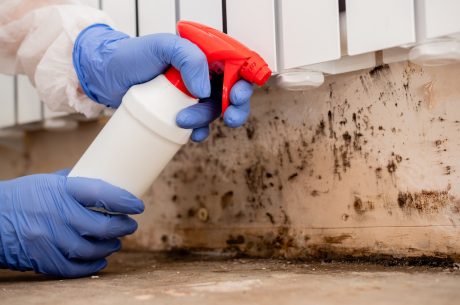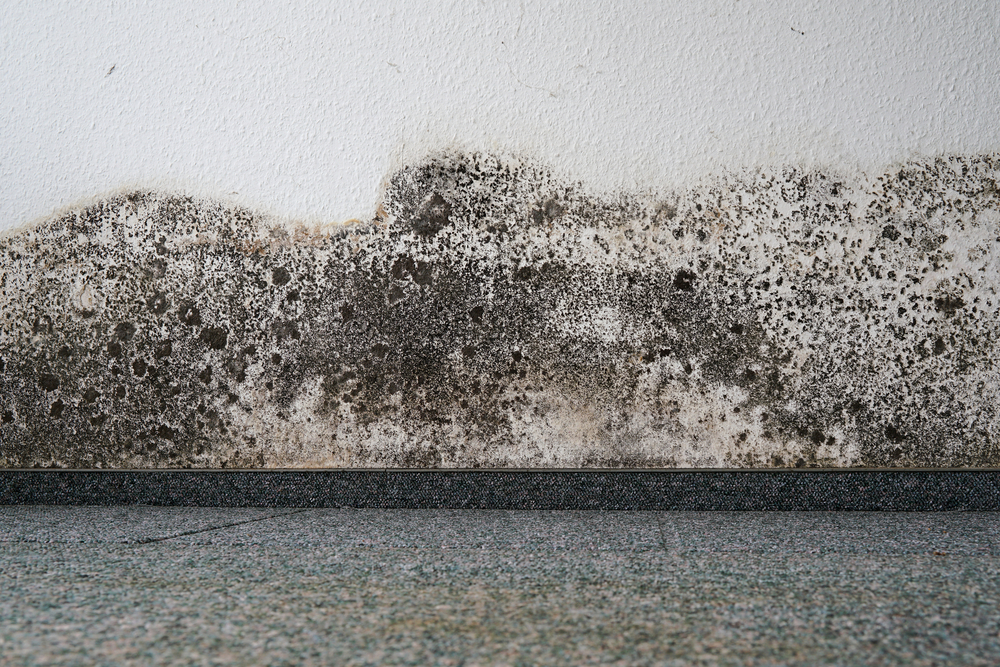Table of Contents

Mold removal is a critical issue for homeowners, as mold can cause serious damage to property and pose health risks. But when it comes to the costs involved in mold removal, many homeowners wonder: “Is mold removal covered by insurance?” The answer isn’t always straightforward, as it depends on various factors, including the cause of the mold growth, the type of insurance policy you have, and the specific terms of your coverage.
In this blog post, we’ll dive deep into the details to help you understand when mold removal might be covered by your insurance and what you can do to protect your home.
Understanding Mold and Its Causes
Before discussing whether mold removal is covered by insurance, it’s essential to understand what mold is and how it develops. Mold is a type of fungus that thrives in moist environments. It can grow on various surfaces such as wood, drywall, and carpeting. Mold often appears after water damage, such as from leaks, floods, or high humidity levels.
Common causes of mold growth include:
- Leaky roofs or windows
- Plumbing leaks
- Flooding
- Poor ventilation
- High humidity levels
Mold removal is crucial because prolonged exposure to mold can lead to respiratory problems, allergic reactions, and other health issues. Additionally, mold can cause significant structural damage to your home if not addressed promptly.

When Is Mold Removal Covered by Insurance?
Whether or not mold removal is covered by insurance largely depends on the source of the mold and the specifics of your insurance policy. Here’s a closer look at different scenarios:
1. Mold Caused by Covered Perils
Home insurance policies typically cover “perils” such as fire, lightning, and certain types of water damage. If mold growth is a result of a covered peril, your insurance may cover the cost of mold removal. For example, if a burst pipe (a covered peril) causes water damage that leads to mold growth, the insurance may pay for the mold removal.
2. Mold Due to Neglect or Maintenance Issues
If the mold is due to a problem that could have been prevented with regular maintenance, such as a long-term leak that was never repaired, the insurance company may deny your claim. Most policies have exclusions for mold damage resulting from neglect.
3. Flood-Related Mold
Flooding can cause significant mold growth, but standard homeowners’ insurance policies usually do not cover flood damage. If you live in a flood-prone area, you may need separate flood insurance. Depending on the policy, flood insurance might cover mold removal if the mold results from flood damage.
4. Mold Endorsements
Some insurance companies offer additional mold coverage as an endorsement or rider to your existing policy. This extra coverage may come with a cap on the amount the insurer will pay for mold removal, so it’s essential to understand the limits of your coverage.
Steps to Take If You Discover Mold
If you find mold in your home, it’s crucial to act quickly. Here’s what you should do:
1. Document the Damage:
Take photos or videos of the mold and the damage it has caused. This documentation will be essential when filing an insurance claim.
2. Contact Your Insurance Company:
Notify your insurance company as soon as possible. Provide them with the documentation and explain the situation.
3. Get a Professional Inspection:
A professional mold inspector can assess the extent of the damage and the cause of the mold. This report will be helpful when filing a claim.
4. Prevent Further Damage:
Take steps to prevent further mold growth, such as fixing leaks, improving ventilation, and drying out affected areas.
5. Hire a Mold Removal Specialist:
If your insurance covers mold removal, they may recommend or require you to use a certified mold removal specialist.
How to Protect Your Home from Mold
Prevention is the best way to avoid the hassle and expense of mold removal. Here are some tips to protect your home:
1. Fix leaks immediately:
Whether it’s a roof, window, or plumbing leak, address it as soon as possible to prevent water damage and mold growth.
2. Improve ventilation:
Ensure that areas prone to moisture, like bathrooms and kitchens, are well-ventilated.
3. Use dehumidifiers:
In areas with high humidity, use dehumidifiers to keep moisture levels low.
4. Regular maintenance:
Regularly inspect your home for signs of water damage and address any issues promptly.
Conclusion
Mold removal can be a costly process, and whether it’s covered by insurance depends on several factors, including the cause of the mold and the specifics of your insurance policy. While mold removal might be covered if it results from a covered peril, it’s essential to read your policy carefully and consider additional coverage if you live in an area prone to mold.
If you’re unsure about your coverage or suspect mold growth in your home, don’t wait. Contact your insurance company and a mold removal specialist to address the issue promptly. Mold removal not only protects your property but also ensures the health and safety of your family.
By understanding your insurance policy and taking preventive measures, you can minimize the risk and impact of mold in your home.
For mold removal services in Miami, Coral Gables, or any area in South Florida, call us on +1 305 894 4343.


 PuroClean of Coral Gables
PuroClean of Coral Gables